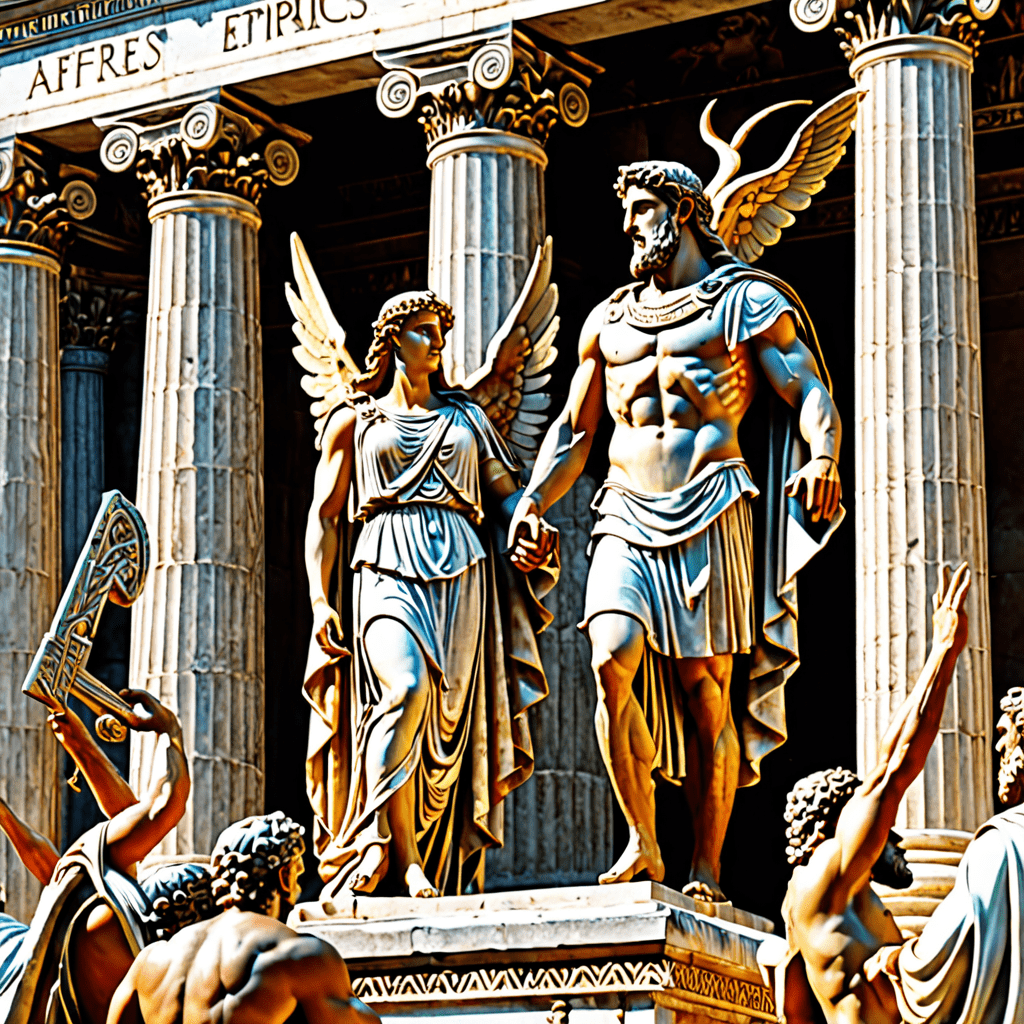Exploring the Afterlife in Roman Mythology
The Roman Beliefs on Afterlife
In Roman mythology, the afterlife was viewed differently than in other cultures. Romans believed in an afterlife that was gloomy and shadowy, often referred to as the underworld or “Orcus”. This realm was ruled over by the god of the Underworld, Pluto, known as Hades in Greek mythology. The Romans believed that the souls of the deceased resided here after death.
The Journey of the Soul
Upon death, Romans believed that the soul of the deceased had to cross the River Styx to reach the underworld. The soul was often depicted as a shadowy figure making this journey. This journey was believed to be perilous, with various obstacles and challenges along the way.
Beliefs on Judgment and the Afterlife
The Romans had a belief in judgment after death, where souls were judged based on their lives on Earth. Those who lived virtuous lives were believed to find peace in the afterlife, while those who had sinned would face punishment. This belief in judgment played a significant role in Roman society, as it encouraged virtuous behavior and a sense of accountability.
Afterlife Deities
Within Roman mythology, there were deities specifically associated with the afterlife. For example, Proserpina was a goddess of the Underworld, and she played a vital role in the transition from life to death. Di Manes were spirits of deceased ancestors that were also honored in Roman culture, reflecting the importance of maintaining connections with the afterlife.
FAQs About Exploring the Afterlife in Roman Mythology
What was the Roman concept of the afterlife?
In Roman mythology, the afterlife was divided into different realms. One of the main beliefs was that souls would go to the Underworld, ruled by Pluto and Proserpina, where they would either reside in the Elysian Fields or face punishment in Tartarus.
Who were the key figures in the Roman afterlife?
Key figures in the Roman afterlife included Pluto (god of the Underworld), Proserpina (queen of the Underworld), Charon (ferryman of the dead), and Cerberus (the three-headed dog guarding the Underworld).
What role did burial rituals play in Roman beliefs about the afterlife?
Burial rituals were significant in Roman beliefs about the afterlife. Proper burial was believed to ensure a smooth journey to the Underworld and prevent the soul from wandering restlessly on Earth.
Did Romans believe in a form of judgment in the afterlife?
Yes, Romans believed in a form of judgment in the afterlife. Souls would be judged based on their actions during their lives, and the virtuous would be rewarded in the Elysian Fields while the wicked would face punishment in Tartarus.



